Friends of AHBIC
If you aren’t already a Friend of AHBIC, we welcome you to join our group of organisations and individuals who are supporting Australia’s national beekeeping industry that supports you.


If you aren’t already a Friend of AHBIC, we welcome you to join our group of organisations and individuals who are supporting Australia’s national beekeeping industry that supports you.
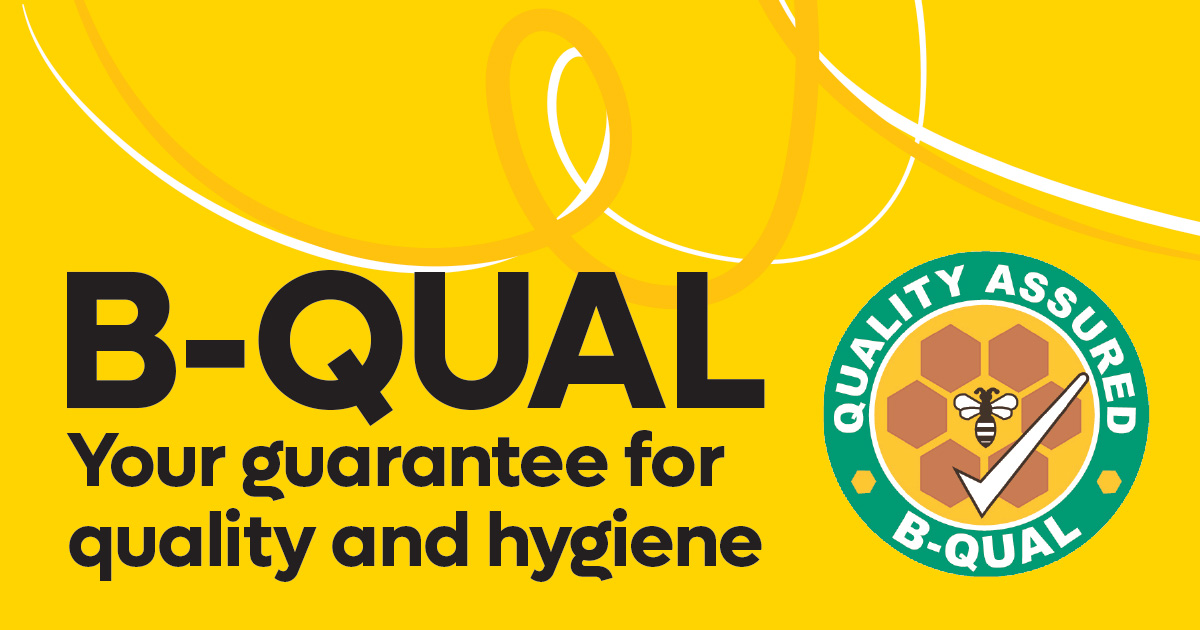
B-QUAL is an Industry Owned Quality Assurance System for Australian beekeepers.
How does B-QUAL certification benefit my business?
B-QUAL Certification also enables an enterprise to market its product under the B-QUAL logo to show that it meets the B-QUAL Industry Standards.
Complete your training at home at your own pace.
For more information and to obtain a Certification Information Pack, contact the B-QUAL Certification team.
www.bqual.com.au
B-QUAL Pty Ltd
Phone 07 49949820
Email: admin@bqual.com.au
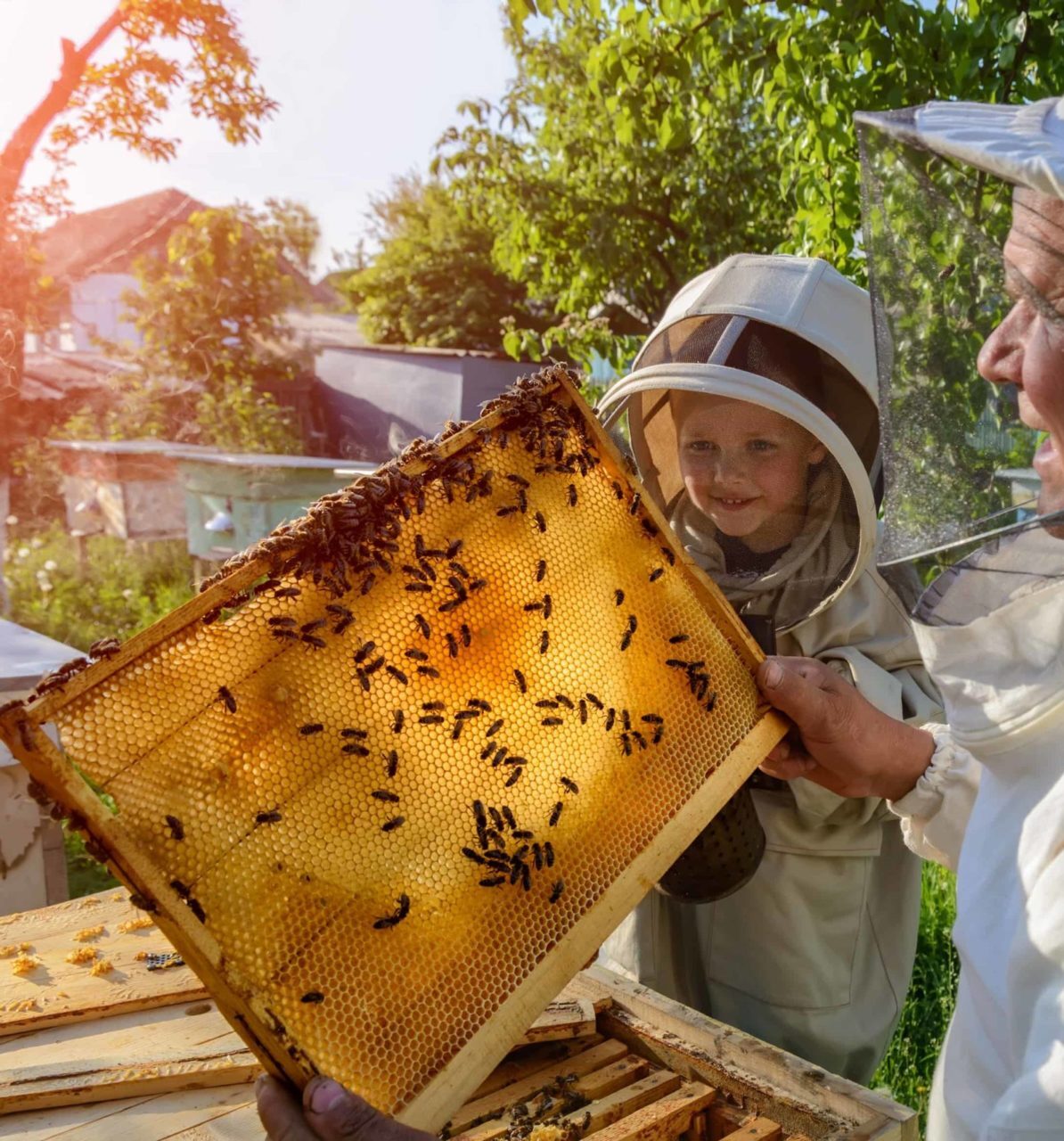
The specially designed app will assist in maintaining hive record information that satisfies the requirements of the National Biosecurity Code of Practice. The program is intended for small commercial and recreational beekeepers who sell honeybee products direct to:
The low annual fee includes the use of the hive management app and an annual desk audit.
For further information go to www.btrace.com.au


The Varroa response has reached the grim milestone of 365 days. During the past 12 months I often reflect with appreciation, the magnitude of work that has been done by many in our industry and the NSW DPI. It is this dedication and hard work that has positioned the response to give us the best chance of eradication. No other country in the world has been able to delimit a Varroa detection and embark on eradication, so all has been achieved so far is a credit to the teams people and the biosecurity system.
Aside from Varroa and the response AHBIC has been extremely busy with the many industry conferences occurring across the country and PHA members meeting/AGM that occurred in June. Sentiment across the conferences has been mixed with a general apparent down turn in profitability this season for many.
Highlights of our work over the last month has included the successful running of the 2nd industry Varroa response webinar with around 500 online attendees and more than 3,000 views of the recording. A presentation to an animal health Industry Liaison workshop in Adelaide, and the Queensland Apiarists Association toolbox webinar. There have also been many meetings with Commonwealth departments on the issues we are progressing. I attended (virtually) the advancing market access roundtable to build awareness and understanding of emerging potential markets for honey. This has been on top of the continual Varroa response daily meetings.
The AHBIC AGM will be held in Bendigo, Victoria on the 8th July. There are 3 positions on the executive for election this year with the incumbents all eligible for re-election. I encourage anyone who wants to shape the future of our industry to put their hand up to participate. It is the AHBIC executive who make the decisions that can influence the future of our industry nationally.
As requested at the 2022 AHBIC AGM we have established the imported honey subcommittee to devise a strategy to minimise the impacts imported honey is having on our industry. The initial task set by the committee was to establish a ‘fighting fund’ to raise money to test imported honey from retail shelves for adulteration.
The data collected will be held by AHBIC in strict confidence to ensure there is no trade impacts. The data gathered will provide a solid data set to be used in lobbying government for improved testing rates and protocols. AHBIC has for years lobbied government to increase testing rates and improve the testing protocols without any traction, being armed with data will strengthen our lobbying activities.
This fund will be launched in the coming weeks with initial funding of $10,000 being successfully applied for through the Producer Contingency Fund to start the program by Bee Industry Council of WA (BICWA).
I attended a series of meetings associated with the PHA AGM in Sydney in early June. This was a great opportunity to network with the other plant industries that are signatories to the Deed and discuss all things biosecurity. The Biosecurity Protection Levy was the hot topic and of course the lessons learnt from the Varroa response.
We had a good session breaking into small groups to workshop issues. I was in a group that worked through solutions to funding the National Bee Pest Surveillance Program (NBPSP) as this funding finishes at the end of 2024. The group worked through many solutions which AHBIC and PHA will look to progress to ensure program funding continuity beyond 2024.
The conference season continues along with the Varroa response. AHBIC will be participating in one of the AgriFutures Carbon conversation workshops that are being held in each capital city to further understand any opportunities for the honey bee industry.
AHBIC is working closely with the network of Bee Biosecurity Officers across the country to up-skill their capacity around Varroa to ensure we have a strong network to deliver resources to beekeepers if its needed.
We also have meetings with the Federal Department of Ag to discuss imported honey, non-prescribed goods export and skills training.
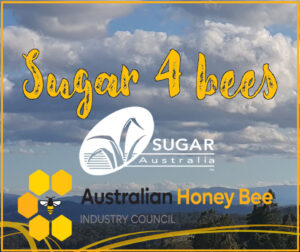
AHBIC in partnership with Sugar Australia have launched the Sugar 4 bees program to assist beekeepers affected by the Emergency Response.
The first collection of Sugar 4 Bees took place in May, a second was completed in early August, we supplied sugar dust to several beekeepers with the help of the NSW DPI at Somersby.
Mid August with the generous assistance of Ecrotek in Blayney,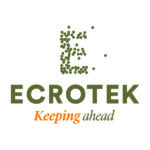 additional dust was supplied to beekeepers in the Gumble Purple zone. There are still numerous bags available for Gumble Beekeepers, please complete the form below to secure your collection, we will be in touch to finalise with you.
additional dust was supplied to beekeepers in the Gumble Purple zone. There are still numerous bags available for Gumble Beekeepers, please complete the form below to secure your collection, we will be in touch to finalise with you.
Bianca Giggins is coordinating so if you are interested in registering for a collection, please complete the form below.
The sugar dust will be in 1 tonne bulka bags. If beekeepers cannot safely accept 1 tonne bags, arrangements will need to be made for smaller sized collection.
The dust is available to assist beekeepers maintain hive health whilst impacted by the current Varroa incursion. The sugar dust attracts moisture and will go solid if not used quickly.
CLICK HERE to secure a collection.
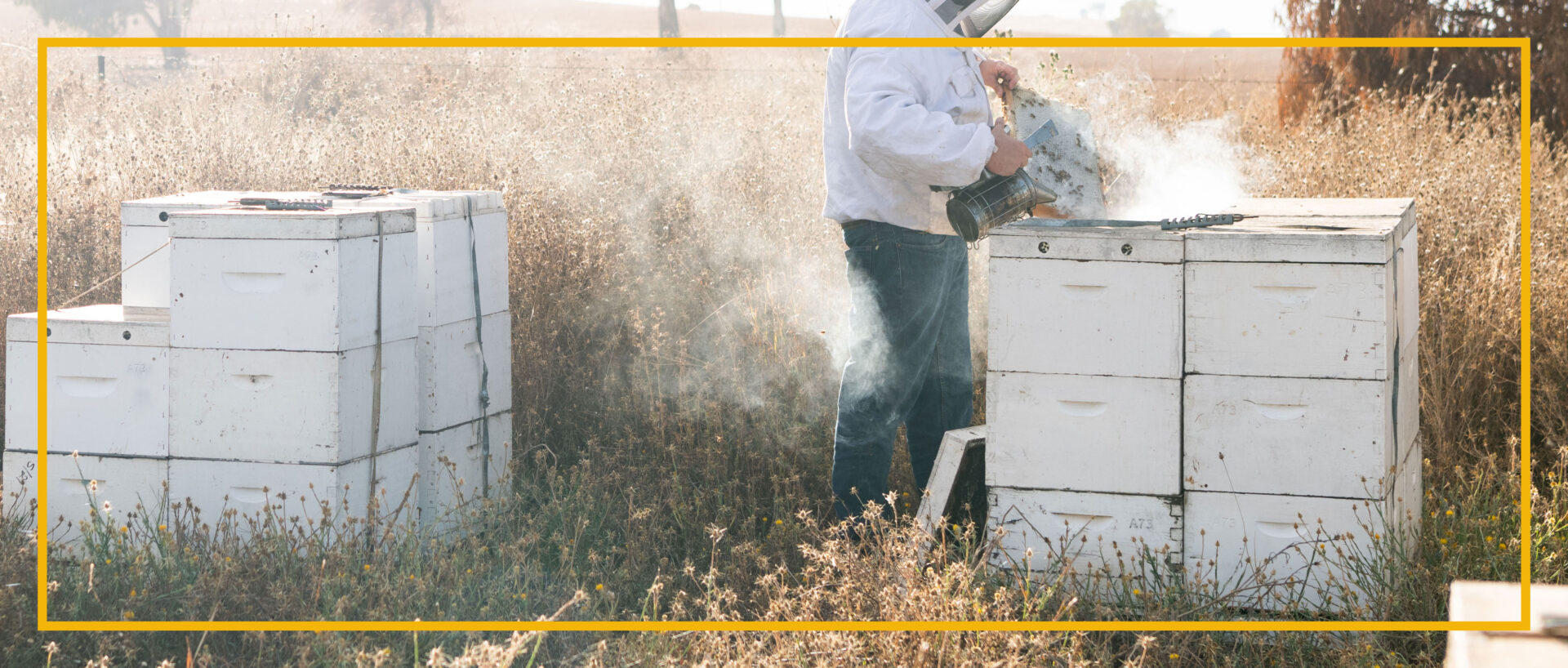
Industry Briefing : Webinar 3
AHBIC coordinated with the NSW DPI to arrange another Industry Briefing free online Webinar.
The webinar was held on 28 June 2023 at 7pm.
A snapshot of the Varroa Response and a follow up on previous webinar queries followed by another Q & A Session.
There is much debate, misinformation and emotion regarding the euthanasia of seemingly healthy bee colonies in varroa eradication (red) zones. My views are based on many long hours and very hard work being done by so many personnel working diligently on the DPI Varroa Response in NSW.
In some other countries around the world, varroa is relatively easy to control (anywhere with a cold winter). However, this would definitely NOT be the case in most of Australia, except possibly the tablelands in southern Australia. Therefore, all parties involved in the Varroa response (State/Territory and Federal Government departments, AHBIC, state beekeeping bodies, pollination reliant industries etc.) were unanimous in deciding that the first aim for this response should be eradication of the varroa mite. At the time of writing this article 11 months after the first detection, all parties still agreed that it is technically feasible to eradicate the mite.
In reality, the process needing to be undertaken is quite straightforward to achieve the desired result of eradicating the mite. Eradication requires removing the natural host of varroa mites from an accepted area surrounding an Infected Premise (IP) where the mite has been found, without any exceptions. Luckily for us in Australia, that host is the European Honeybee, which is a non-native insect that is extremely replaceable (there are literally thousands of different native pollinator insects) and which is distributed widely around Australia. The European honeybee is not at all endangered in Australia and we can easily replace the lost colonies. However, in some other parts of the world, varroa mites and their associated viruses cause ongoing major death rates amongst beehives. Also, the varroa response is only active in a tiny section of NSW so the number of beehives being impacted is comparatively small and losses to the eradication program are sustainable for the industry.
The current response identified the “red zone” as the high risk area for varroa eradication. When cleaning out varroa from a red zone, that process must always start with removal of the managed colonies. Generally, these colonies are easy to find if their owners are registered beekeepers. The quick removal of managed beehives greatly reduces the bee density and rapidly slows the natural spread of mites in that area.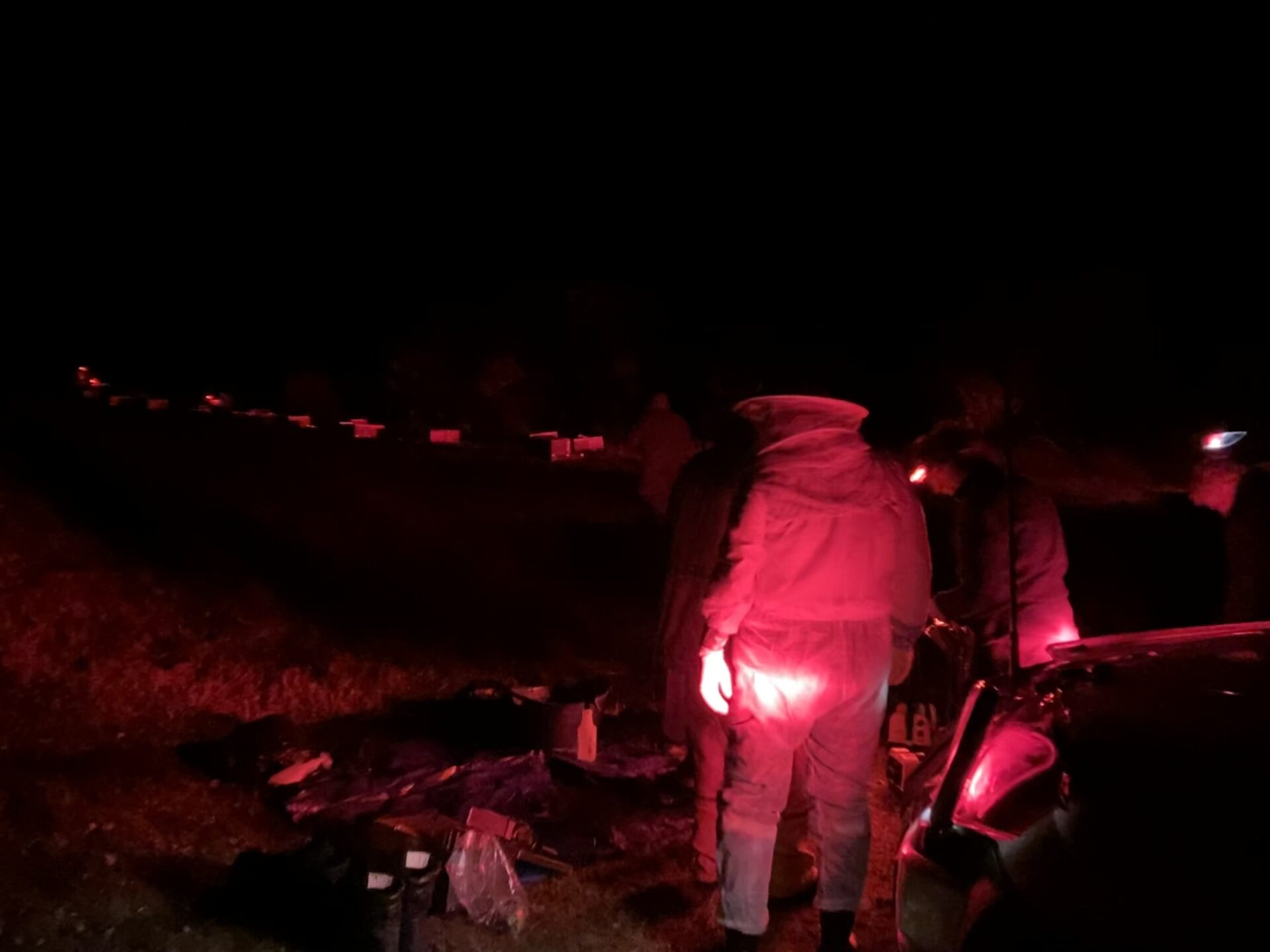
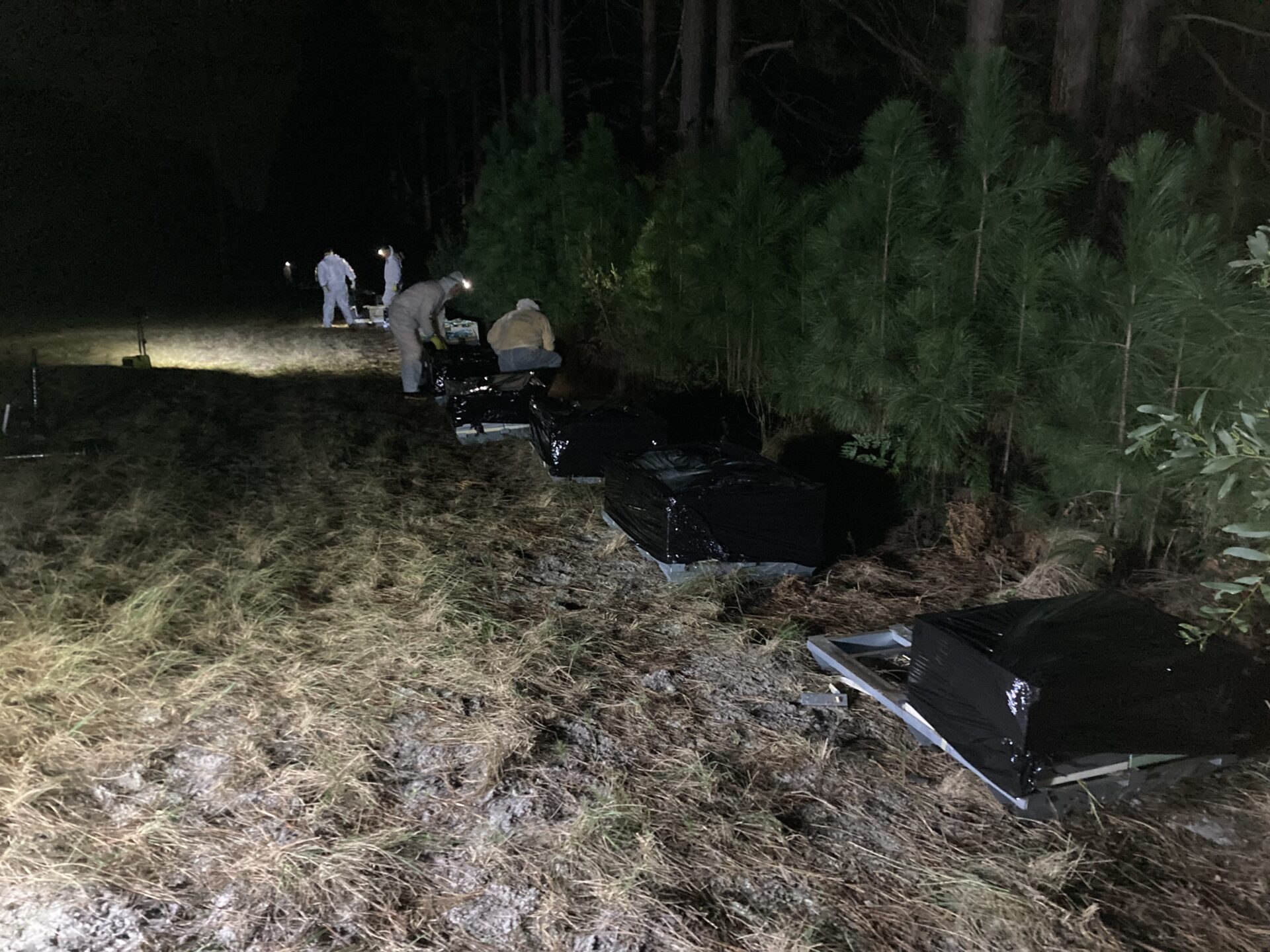
Euthanasia team working under red lights and switching to white when wrapping hives. Not a nice job, but an extremely important one in this eradication response.
Many people have posted on social media or said “my hives were clean but DPI killed them anyway”, and herein lies another point that should be accepted by the impacted beekeeper. It only takes one mite to remain alive and to start breeding up again. It is critically important that ALL bee colonies within an established red zone around any IP must be euthanised. Colonies may have been alcohol washed and appeared to be “clean” but these tests are only indicative. These tests do not necessarily mean that the hive didn’t have any mites, it simply means that there were not enough mites present for an alcohol wash to find any of them.
An alcohol wash tests around 300 bees from a colony (and these should be nurse bees from the brood area, not field bees). New DPI video available at https://youtu.be/I7YEx5vvEsY Therefore, for an average hive of 30 000 bees that test is only sampling 1% of the hive population. I recently undertook some additional sampling on an Infested Premises with Mark Page (NSW DPI BBO Surveillance) and we found the following:
(1) A hive that showed 3% mite infestation on brood bees (9 mites on 300 bees in an alcohol wash) had only 0.22% mite infestation on field bees (1 mite found on 450 bees) which is a density of around 13 times less.
(2) A strong colony had no mites found in a large alcohol wash of 500 bees, but had 8 mites drop on a sticky mat after 5 days of miticide treatment.
The claim that your hives are clean and free of mites is absolutely not enough to warrant their “saving” if they reside in a red zone. These apparently “varroa free” colonies remain a biosecurity risk and like every other beehive within the red zone, these colonies definitely need to be euthanised. All mites and their host bees need to be removed from an area to achieve eradication. So, it is vitally imperative that ALL bee colonies be euthanised and NONE are allowed to remain alive. More importantly, these colonies must not be moved elsewhere.
A classic example of a similar approach is with Foot and Mouth disease in livestock in the UK. In that example, a seemingly severe approach needed to be taken and all livestock (healthy or diseased) culled and burned. Subsequently, the industry rebounded quickly and today enjoys freedom of this costly and debilitating disease.
The big picture is that all parties concerned would prefer that Varroa destructor is eradicated from Australia, and the reason for that is so simple. If varroa were to become established in Australia, then the following would occur.
(1) The mites would spread and start impacting most bee colonies
(2) Varroa mites will feed on bee pupae and adults. This feeding is an additional stress to the colony and will cause a build-up of immunocompromised bees with physical and mental defects. There will also be spread of bacterial and viral illnesses (think of varroa being similar to mosquitoes as a vector of disease).
(3) This combined effect of maladies will lead to higher impacts from small hive beetle (meaning more slime-outs), brood diseases like chalkbrood and European foulbrood, and adult bee diseases like Nosema. This will further impact the performance of bee colonies (meaning less bees in a colony), reducing honey production and pollination performance. The final result will be a far higher rate of sick and dead bee colonies for the owner.
(4) The amount of time spent managing each bee colony will increase and the number of hives each beekeeper can manage will go down (or more staff required). At the same time, the honey production of each hive will also likely drop.
(5) The economics of beekeeping will change. There will be far more costs associated with managing each beehive and a need to pass on those costs to the farms that are pollinated or in the honey produced. Then, those costs will be passed on to the end consumer and will be seen as higher prices in the supermarket for EVERY food item that is reliant on honeybees for pollination. Consumers may replace honey in their diets with other forms of sweetener.
(6) If Varroa becomes established in Australia, it is estimated that around 30% of commercial beekeepers will leave the industry, mostly for economic reasons or the need to undertake additional hive management on a new pest.
(7) Many recreational beekeepers would also likely exit. Those that stay may not upgrade their varroa management education and as a result experience high hive losses and breed up many mites that will then spread to other hives nearby (along with American foulbrood and small hive beetle). Any commercial beekeepers that were on this same management path will be increasingly challenged and potentially become part of the 30%.
(8) At some point during this entire process, the major viruses that are associated with varroa mite (including Deformed Wing and Acute Bee Paralysis Virus) will also arrive into the country. They will likely arrive either through legal or illegal imports of queen bees or drone semen to use in genetic breeding activities etc.
(9) Once the viruses arrive, then the initial “varroa honeymoon period” is over. Catastrophic bee colony losses would be experienced whilst these viruses spread through the environment, and we would be living the varroa nightmare.
(10) Once viruses are part of the varroa situation, then it becomes critically important to manage mite numbers and keep them low, otherwise the viruses kill your hive (or small hive beetle slimes it). Learning to manage virus loads in hives is another level again above learning to manage varroa. Is this an additional level of management you want for your economic survival?
It only takes ONE female mite to restart the entire problem, so every single one needs to be dealt with.
I have listened to bee keepers constantly throughout the varroa response since 22 June 2022. I have heard people saying “why don’t we just manage it like they do overseas”. This comment just blindsides me that people are so poorly informed on the potential impacts of varroa and have such a poor understanding about the reality of its “management”. In many countries, there is illegal use of various unlicensed (for use in beehives) chemicals that results in many residues in both the honey and wax that comes out of the hives. Additionally, some of these chemicals adversely affect the bee’s health too. Some of these chemicals are even smuggled in as they cannot be legally obtained within that country.
Some other chemicals used to fight varroa are harmful to humans and can cause skin burns and respiratory impacts. Due to their cost per treatment, some beekeepers decide to reduce the dose per hive and subsequently they do not effectively kill mites and the mites may even become resistant to the product. Other chemicals may kill queens or even the entire colony if they are not used within the right temperature ranges. These limitations mean that much of Australia could not use these chemical treatments for large periods of the year.
Managing mites is not just about putting a miticide strip in for 6 weeks and thinking that it is “mission accomplished” for the season! For much of Australia, the bees do not get a “brood break”, as the queen is laying eggs and the bees are raising brood all year round. This means that varroa mites become very hard to control, as mites continue to breed all year round too. Whenever there is brood, then varroa are in a “reproductive” phase, with roughly 60-70% of the mites sitting under capped brood. Varroa mites feed on the bee pupae while laying their eggs to produce more mites. Most varroa treatments do not harm mites that are under capped brood, meaning that only the exposed mites on adult bees are impacted with most treatments.
In many major beekeeping regions such as the Northern parts of United States, China, Canada, Argentina and Europe, there is a definite and pronounced winter (often sub-zero temperatures and much snow). These extreme temperatures result in hives completely stopping brood production and overwintering in a broodless cluster. At such times, 100% of the varroa mites within a colony are vulnerable, as they are all phoretic (ectoparasites living externally and feeding on adult bees). Therefore, mites are fully exposed to miticides or other treatments added to the hive. This makes managing varroa easier.
From personal experience, I know that even in Tasmania (the most southerly part of Australia and having the longest and most miserable winter in the country) beekeepers struggle to get all colonies becoming broodless over the winter period (especially with Italian queens). This makes the task of reducing the mite numbers a major challenge because if you don’t have low mite numbers by autumn or in winter, then the mites will outcompete your bees in spring.
In some other parts of the world, it is relatively straightforward to manage varroa mites but that would not be the case in Australia. This is because we have such a diverse range of climates and the commercial sector moves vast distances between areas to pollinate or chase floral resources. If various varroa treatments need to be considered, then this will complicate and disrupt movements of beehives onto their next site. Unfortunately, many products cannot be used when a honey flow is on (as it contaminates the honey), or will kill brood if the hive has any. Often, commercial beekeepers are planning their moves around the range of short, medium and long budding eucalypts and seasonally available or weather event stimulated ground flora. This is to either build up bees on pollen or wear out bees on honey production, or if they are lucky have both good pollen and honey happening at once.
If your hives experience high mite numbers and need to be treated then that throws a big spanner in the works. This situation may even require that hives be pulled off a heavy honey flow, otherwise risk losing colonies of bee’s altogether. If you leave them untreated to get another few boxes of honey then the increasing mite numbers can cause them to collapse.
At the end of the day, all Australian beekeepers would be far better off by not having to deal with varroa, and EVERYBODY would pay less for bee reliant foods at the supermarket. We recognise that a small percentage of Australian beekeepers need to make the ultimate sacrifice and have their hives euthanised. These sacrifices will be for the benefit of the ENTIRE Australian Bee industry, and safeguard our industry for the future.
Author:
Rod Bourke
NSW DPI Bee Biosecurity Officer
rod.bourke@dpi.nsw.gov.au

9:00am Saturday 8th July 2023
Fernery Room
All Seasons Resort
171-183 McIvor Hwy
Bendigo VIC 3550
This AGM there are 3 vacant positions including:-
Excerpt from the AHBIC constitution:-
7.6 To be eligible for nomination to the Executive, a person:
7.6.1 must be a member or a member of an Industry Organisation that is a member: and
7.6.2 shall have been a member or a member of an Industry Organisation that is a member for at least two consecutive years immediately prior to nomination; and
7.6.3 must be a full voluntary contributor to the AHBIC.
Observers are welcomed to attended the AHBIC AGM. Observers must register before Friday 30th June 2023 and pay $40 to cover catering.